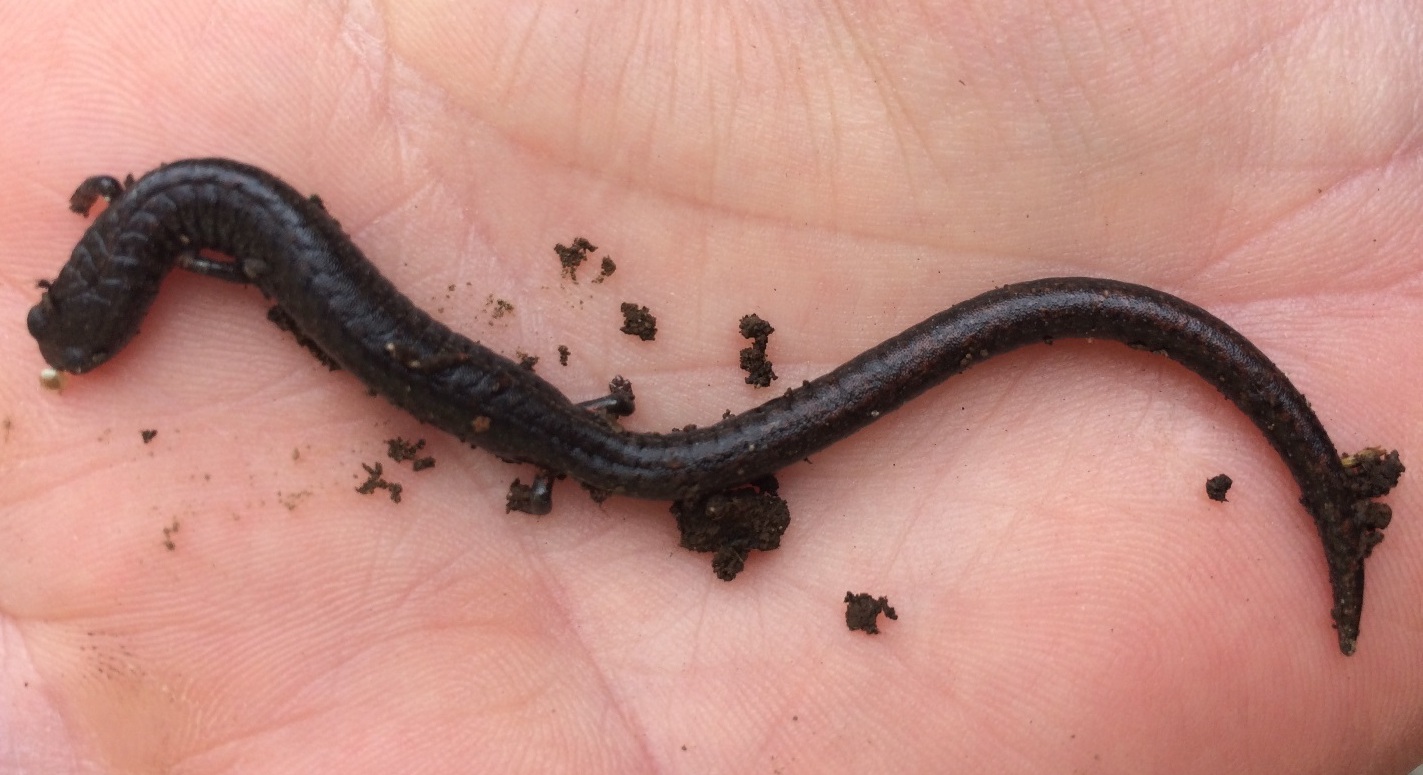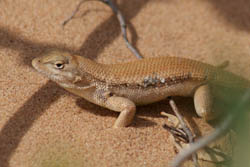I'm interested in the evolution and conservation of biological diversity and most of my research strives to understand the processes responsible for the patterns of diversity and differentiation we see. Research projects typically combine field and genetic data to investigate both basic and applied questions, but this work also can involve computer simulations, geospatial data, and computational approaches. A lot of my current research is with amphibians and reptiles in western North America. I collaborate with Pacific students and faculty, scientists in government agencies (e.g. Metro, City of Portland), and colleagues at other universities. Here are summaries of some of the research projects we're working on at the moment:
1) How does land use impact population connectivity?
The greater Portland metro area has remarkable natural areas of protected and restored wetlands and Pacific University is situated at the interface of suburbia, forest, and agriculture. One big question is how this heterogeneous mix of land use practices impacts local amphibian populations. This question can be (and should be) addressed from different perspectives, and in collaboration with others, my lab is adding the genetic perspective.
Landscape genomics of the northern red-legged frog
In collaboration with Katy Weil at Metro, Cat deRivera's lab at Portland State University, and many others throughout the Portland Metro Region, we are studying the effects of land use and habitat connectivity on population genetic diversity and connectivity of the northern red-legged frog, Rana aurora. We are interested in how particular landscape characteristics might impede or facilitate movement among breeding sites, and perhaps more importantly, identifying the site characteristics that support healthy breeding populations. Such information is important to land managers who are working hard to actively maintain habitat connecivity.
Land use and population connectivity of Pacific treefrogs and rough-skinned newts
In parallel to the work the northern red-legged frog, we are also investigating landscape connectivity of the Pacific treefrog, Hyliola regilla, and the rough-skinned newt, Taricha granulosa. Both species are common in many wetlands, but absent from many urban areas. Pacific treefrogs are assumed to move readily across landscapes and other species of Taricha are known to traverse great distances. We expect high connectivity across a diversity of land use types, but detailed study of population genetics has not been done for these species.
2) Genetic characterization of suburban populations of the Oregon slender salamander
 The Oregon slender salamander (Batrachoseps wrighti) is tied closely to intact, mature forests in the Cascade Range, but more recently, populations have been found in highly disturbed sites in suburban areas of Portland and Gresham. This includes in two narrow stream corridors through housing developments, under the pavers of the garden wall of a home, and in several neighborhood natural areas. Our study uses genetic data to estimate how large and viable these newly discovered populations are, and to determine their connectedness to known stable populations in the Cascade Range. These data are especially critical to determine if the populations in Gresham and Portland are sustainable, or if assisted migration might be necessary to increase their chance of persistence. Our work will pinpoint priority areas for habitat protection and restoration, possible pathways for rescue or reintroduction, and allow us to include the connectivity needs of the OSS in a Regional Wildlife Connectivity Plan that is currently being developed for the Intertwine region.
The Oregon slender salamander (Batrachoseps wrighti) is tied closely to intact, mature forests in the Cascade Range, but more recently, populations have been found in highly disturbed sites in suburban areas of Portland and Gresham. This includes in two narrow stream corridors through housing developments, under the pavers of the garden wall of a home, and in several neighborhood natural areas. Our study uses genetic data to estimate how large and viable these newly discovered populations are, and to determine their connectedness to known stable populations in the Cascade Range. These data are especially critical to determine if the populations in Gresham and Portland are sustainable, or if assisted migration might be necessary to increase their chance of persistence. Our work will pinpoint priority areas for habitat protection and restoration, possible pathways for rescue or reintroduction, and allow us to include the connectivity needs of the OSS in a Regional Wildlife Connectivity Plan that is currently being developed for the Intertwine region.
3) Conservation genetics of the Dunes Sagebrush Lizard

The Dunes Sagebrush Lizard (left) is endemic to the Mescalero and Monahans Sand-Shinnery Oak ecosystems of southeastern New Mexico and adjacent Texas. With colleagues at Texas A&M, I have been studying the effect that evolutionary and more recent anthropogenic factors have on population connectivity and persistence in this unique landscape. This includes range-wide phylogeographic data, fine-scale population genetic data, and the integration of these data with landscape and population ecology datasets. More here.
